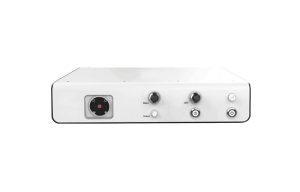
Principles >
These fluorescent probes express the neural activity signals in the form of fluorescent signals under the stimulation of the excitation light. The changing fluorescence signals are transmitted back to the detection optical path through the optical fiber, collected and converted by the photoelectric conversion device, and displayed and recorded. The system is equipped with an LED light source based on the first-generation optical fiber recording system, which has a longer life and better stability.
The fluorescence signal excited by 405nm excitation light fluctuates less and does not correlate with or is opposite to the observed changes in the calcium-sensitive signal. The Dual Color Fiber Optic Recording Systemadds a 405nm fluorescence channel to the monochrome (GFP) system, allowing for simultaneous recording of both the green fluorescence of the calcium signal and the 40snm-excited fluorescence of the reference channel through the same fiber. When the reference channel uses 405nm excitation, the signal of this channel can be used as control data to eliminate motion noise (including the rotation noise of the Rotary Joints) and verify the validity of the calcium signal channel data. The system can also detect the fluorescence changes of the new genetically encoded acetylcholine and dopamine probes so that the dynamics of acetylcholine and dopamine concentrations can be monitored in real-time.
Experiment Application >
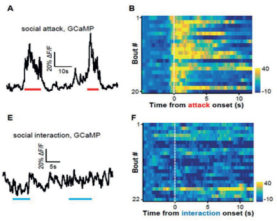
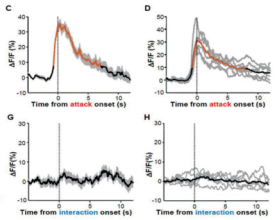
External aggression strongly activates neurons

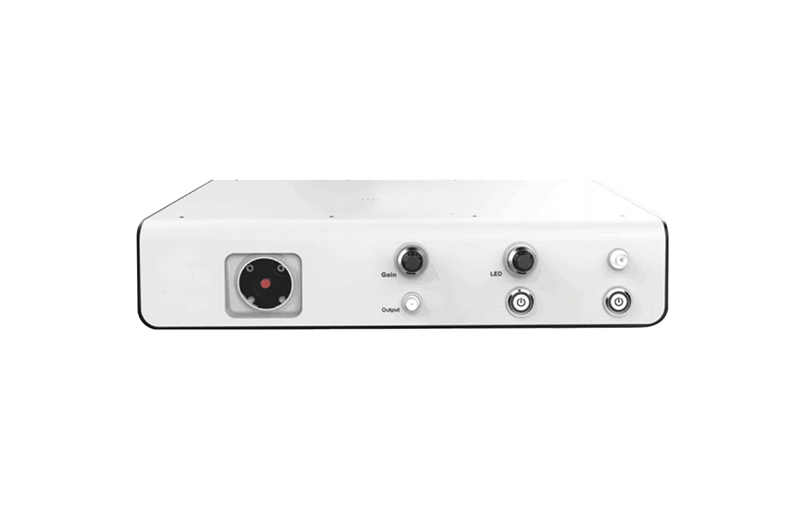
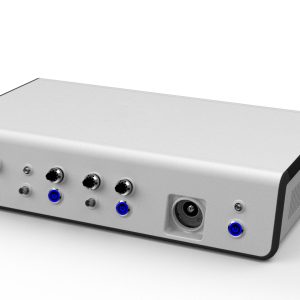

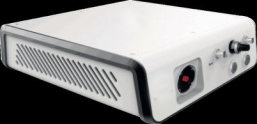
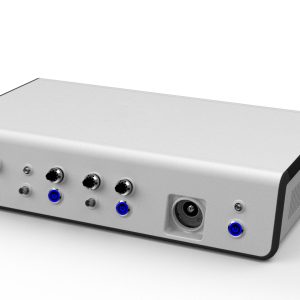
评价
目前还没有评价